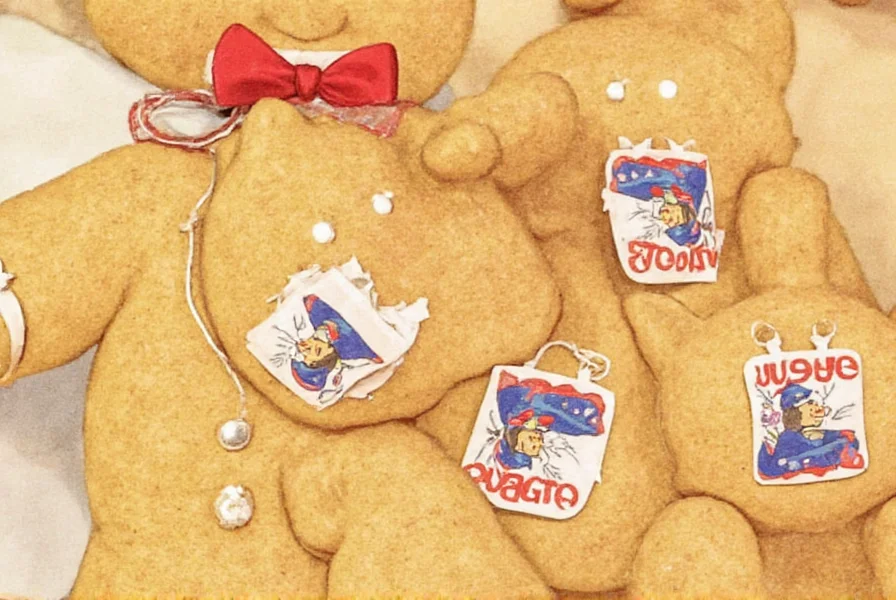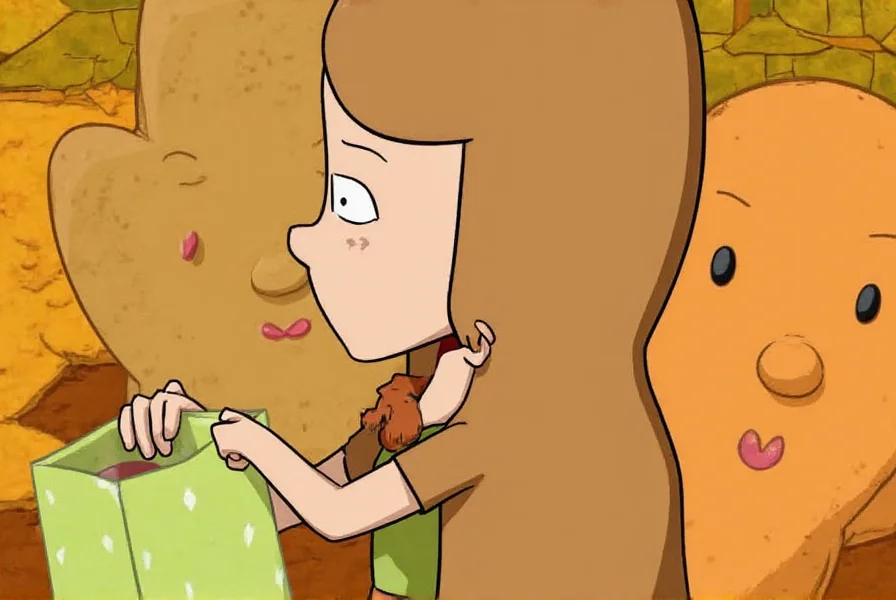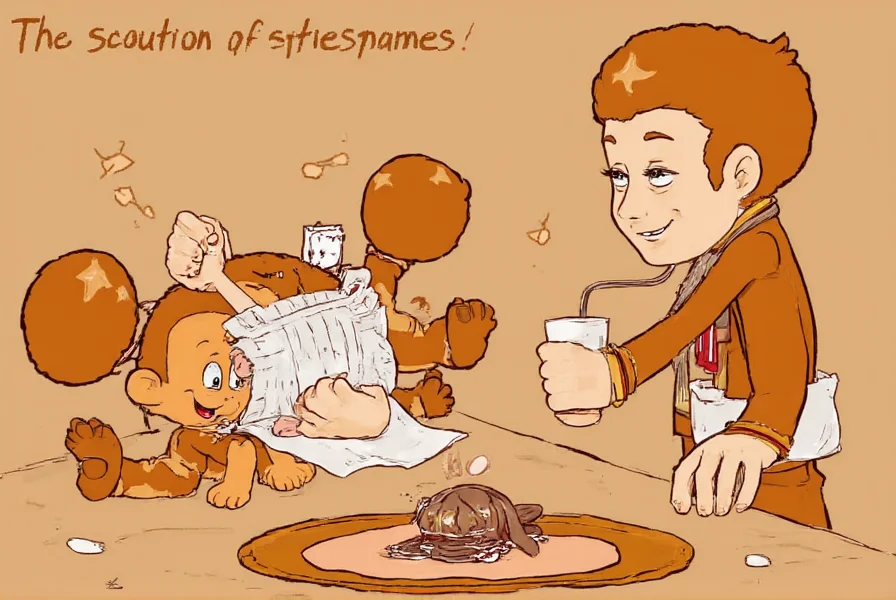When exploring the world of ginger characters in storytelling, we encounter a rich tapestry of representation that reflects changing societal attitudes toward red-haired individuals. Historically, red hair has carried various symbolic meanings across cultures, influencing how creators develop ginger characters in their narratives.
The Cultural Significance of Red Hair in Character Development
Red hair occurs in only 1-2% of the global population, making it relatively rare and often imbuing ginger characters with a sense of uniqueness or otherness. Writers frequently leverage this rarity to craft distinctive personalities. In medieval Europe, red hair was sometimes associated with witchcraft or supernatural abilities, a trope that persists in modern fantasy literature featuring ginger characters with magical talents.
Contemporary creators are increasingly moving beyond simplistic stereotypes, developing nuanced ginger characters whose hair color informs but doesn't define their entire personality. This evolution represents a broader shift toward more authentic representation of red-haired individuals in media.
Iconic Ginger Characters Across Media Platforms
Film and television have produced numerous memorable ginger characters that have shaped public perception. From Anne Shirley in Anne of Green Gables to Ron Weasley in the Harry Potter series, these characters demonstrate the range of personalities associated with red hair. Animation has also embraced ginger characters, with figures like Merida from Brave challenging traditional princess tropes while proudly displaying her fiery red locks.

Breaking Down Stereotypes in Ginger Character Portrayals
Traditional stereotypes often painted ginger characters as hot-tempered, freckled, and socially awkward. While these traits appear in some notable ginger characters, modern storytelling increasingly presents red-haired individuals with diverse personalities that transcend these limited portrayals. Recent television series like Stranger Things feature ginger characters whose hair color is simply part of their appearance rather than defining their entire character arc.
The representation of ginger characters has evolved from one-dimensional caricatures to complex individuals whose red hair is just one aspect of their multifaceted identities. This progression reflects greater awareness of the problematic nature of reducing characters to physical characteristics alone.
| Era | Common Ginger Character Traits | Notable Examples |
|---|---|---|
| Early 20th Century | Comic relief, temperamental, unattractive | Pippi Longstocking, Little Orphan Annie |
| Late 20th Century | Misfit, loyal sidekick, magical | Ron Weasley, Ginger Farnsworth |
| 21st Century | Complex protagonists, diverse personalities | Merida, Eleven (Stranger Things), Jessica Jones |
The Psychological Impact of Ginger Character Representation
For real-world redheads, the portrayal of ginger characters can significantly impact self-perception and social experiences. Positive representation of ginger characters helps combat bullying and discrimination faced by natural redheads. Studies suggest that children form attitudes about physical differences partly through media representation, making thoughtful development of ginger characters particularly important.
When creators thoughtfully develop ginger characters without resorting to harmful stereotypes, they contribute to a more inclusive media landscape. The best ginger characters in television history demonstrate personality depth that extends far beyond their hair color, serving as role models for red-haired viewers while educating others about the diversity within this small segment of the population.

Global Perspectives on Ginger Characters
Cultural interpretations of ginger characters vary significantly worldwide. In Scandinavian countries where red hair is more common, ginger characters often lack the exoticism they might possess in other cultural contexts. Japanese anime frequently uses red hair to signify strong-willed or passionate characters, regardless of ethnic accuracy. Understanding these cultural differences provides valuable context when analyzing famous ginger characters in international media.
The future of ginger character representation appears promising, with creators increasingly recognizing the importance of authentic, multidimensional portrayals. As audiences demand more diverse and realistic representation, we can expect to see even more nuanced ginger characters who break free from limiting stereotypes while celebrating the distinctive visual appeal of red hair.
Why are ginger characters often portrayed with specific personality traits in media?
Ginger characters frequently embody certain personality traits due to historical stereotypes associating red hair with fiery temperaments, witchcraft, or other distinctive qualities. These portrayals originated from cultural myths and prejudices that have persisted in storytelling traditions, though modern media is increasingly moving beyond these limited characterizations.
What are some positive representations of ginger characters in contemporary media?
Positive representations include Merida from Brave who defies traditional princess tropes, Eleven from Stranger Things whose character depth extends far beyond her red hair, and Jessica Jones who presents a complex, powerful female lead. These ginger characters showcase personality traits unrelated to their hair color while proudly displaying their distinctive appearance.
How has the portrayal of ginger characters evolved throughout film history?
Early film portrayals often reduced ginger characters to comic relief or stereotypical roles, while contemporary media presents more nuanced representations. The evolution shows a progression from one-dimensional caricatures to complex individuals where red hair is just one aspect of their identity rather than their defining characteristic, reflecting broader societal shifts toward inclusive representation.
Are there notable differences in how ginger characters are portrayed across various literary genres?
Yes, genre significantly influences ginger character portrayals. Fantasy literature often associates red hair with magical abilities or special destinies, while realistic fiction tends to explore the social challenges faced by red-haired individuals. Children's literature frequently uses ginger characters to teach lessons about embracing uniqueness, and historical fiction sometimes incorporates period-appropriate attitudes toward red hair.











 浙公网安备
33010002000092号
浙公网安备
33010002000092号 浙B2-20120091-4
浙B2-20120091-4